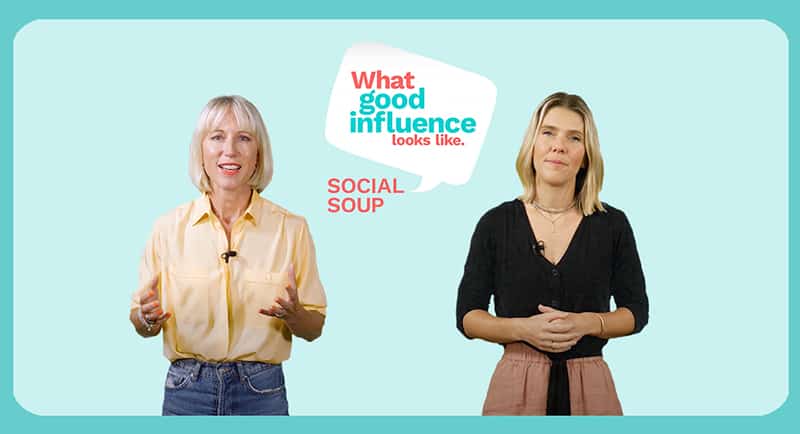In the sixth video in Social Soup‘s What Good Influence Looks Like content series, the team navigate the latest guidelines introduced by the Therapeutic Goods Association (TGA) and share how influencers can continue to promote therapeutic products effectively.
The updated TGA code prohibits the use of testimonials provided by individuals involved in the production, marketing or supply of such goods. Even if influencers are paid to promote these goods, their reviews cannot be used in advertisements, regardless of their real experience. To successfully promote therapeutic goods while complying with the TGA code, Social Soup suggests creators and brands stick to these key parameters, as outlined in the video:
• Ensure content accurately represents the benefits of the goods, aligns with proper use and complies with provided directions.
• Maintain transparency by disclosing advertisements or sponsored posts.
• Avoid making statements or suggestions about personal experiences with the product, including before and after photos or showcasing product consumption while discussing its benefits.
• Certain groups including current and former healthcare professionals, health practitioners and medical researchers must not be involved in influencer activations for therapeutic goods.
Given the TGA guidelines, the key to success is for brands to vet creators carefully and work collaboratively with them to produce the best content. By sharing the message beyond the product in creative ways, brands and creators can provide a trusted recommendation from a diverse source while staying within the guidelines.
See Also: What Good Influence Looks Like: Five key areas for planning good influencer marketing
See Also: What Good Influence Looks Like: Moving from “influencer” to influence
See Also: What Good Influence Looks Like: TikTok in Omni-influence planning
See Also: What Good Influence Looks Like: Best practices for marketing on TikTok
